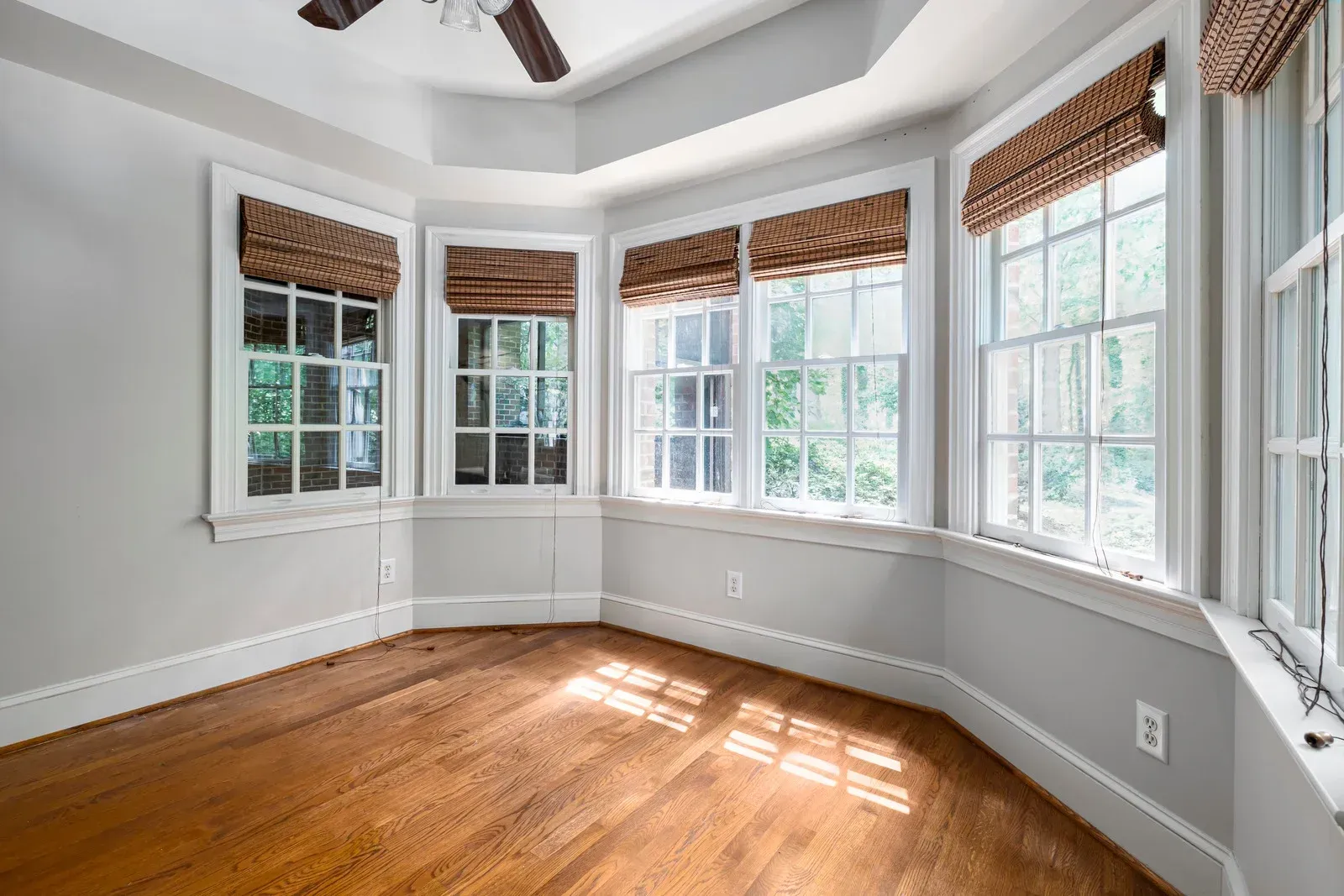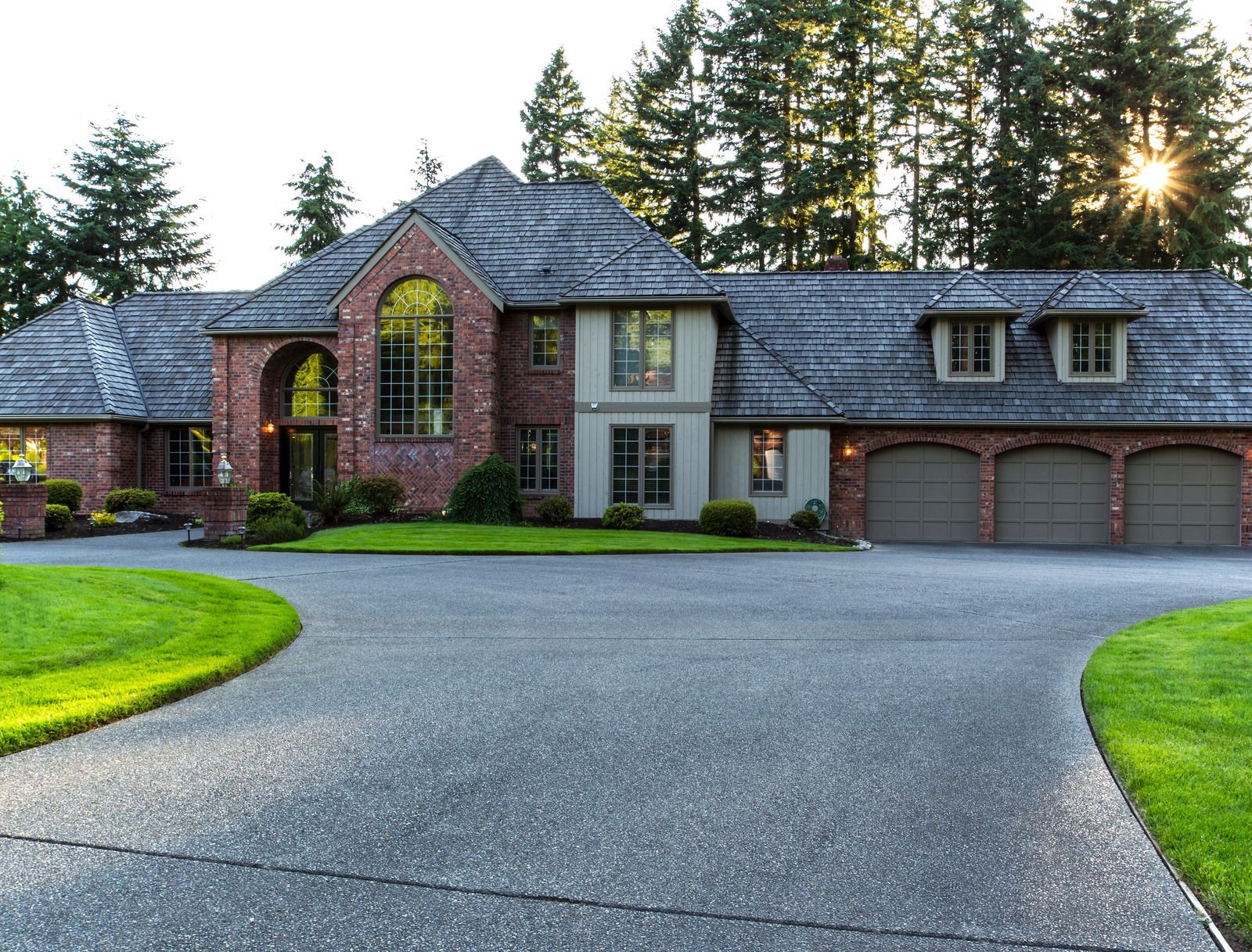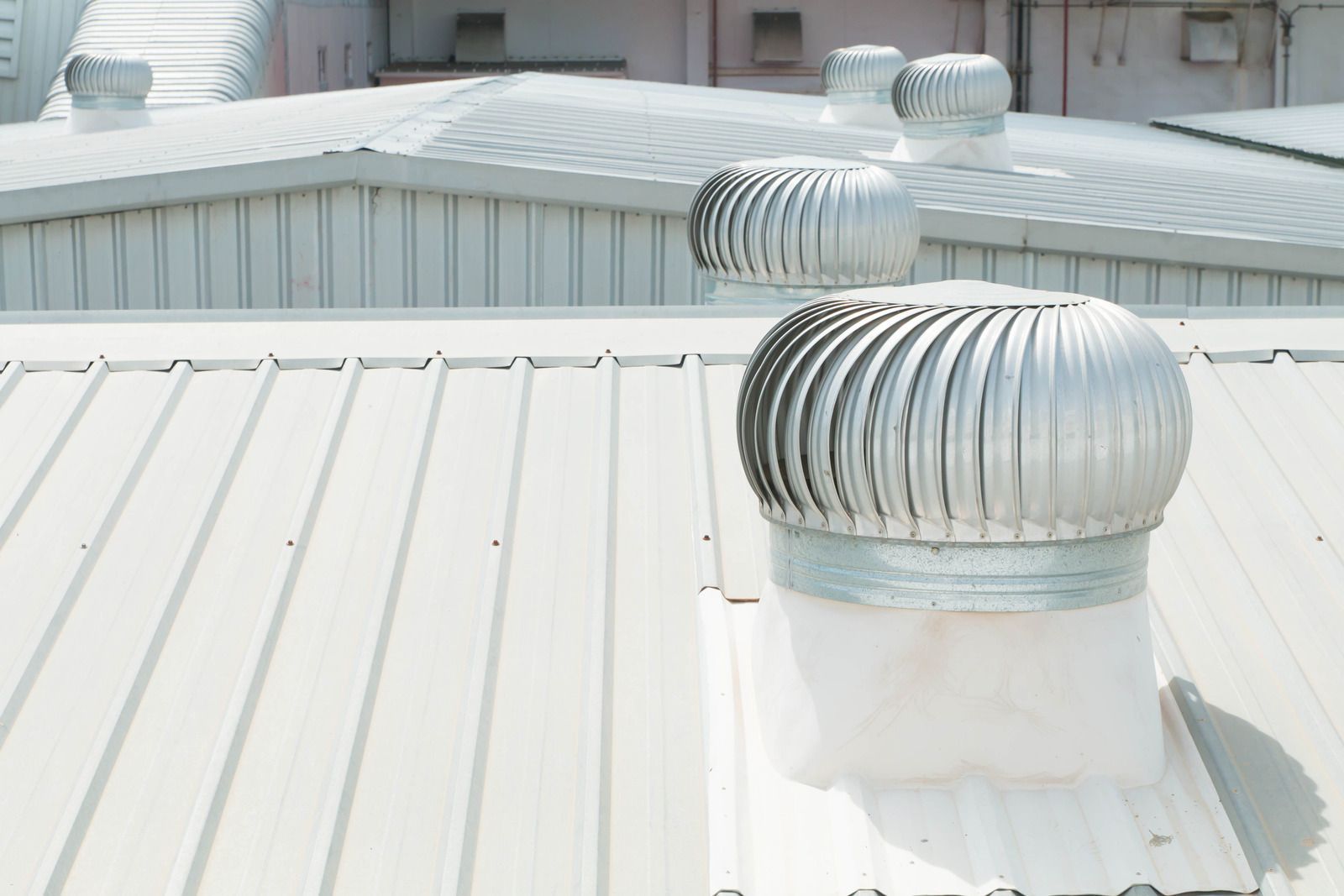6 Common Gutter Problems To Watch For
Rain gutters shield homes by directing water safely away from walls, roofs, and foundations. Over time, they may encounter various issues, some of which can lead to costly repairs. Addressing these problems early reduces risks and prolongs their effectiveness. Knowing what to look for can help homeowners take action before damage occurs. Below are six issues to watch for and tips to resolve them efficiently.
Blocked Gutters
Fallen leaves, dirt, and debris often cause obstructions. These blockages prevent proper water flow, leading to overflows that harm exterior walls or roofing materials. Insects and pests thrive in accumulated debris as well. Regular cleaning prevents clogs, keeping water moving properly. Gutter covers serve as another helpful measure, keeping larger debris out and reducing maintenance. Blockages left unattended may also lead to leaks or cracks over time.
Gutters Pulling Away
Heavy debris and pooling rainwater often cause gutters to loosen or sag. When fasteners weaken, they fail to hold firmly in place. Water might spill over edges, harming siding or landscaping below. Immediate repairs include reinforcing brackets or replacing worn-out screws. Regular inspections catch weak points early, preventing further damage. Excessive sagging might eventually lead to sections detaching completely.
Leaky Seams or Cracks
Breaks or holes allow rainwater to escape before reaching the downspout. Over time, even small leaks weaken structures near the drainage system. Sealant products fix minor gaps quickly, while damaged sections sometimes require complete replacement. Weathering often worsens leaks if left untreated. Preventative care reduces the likelihood of cracks forming, keeping water directed away from your home.
Incorrect Drainage Angles
For water to move smoothly, gutters need the right pitch. Improper slopes create standing puddles, increasing wear on materials and inviting rust. Excessively steep angles push water too fast, leaving residue behind. Adjusting the pitch during periodic maintenance helps keep the system functional year-round. Professionals often use leveling tools to fix these issues.
Detached or Damaged Downspouts
When water spills too close to a house, foundations risk damage. Broken or disconnected downspouts disrupt drainage, leading to soil erosion or basement flooding. Extending downspouts several feet from the base of a home offers added protection. Fastening loose connections restores proper flow, reducing pooling risks. Regular cleaning prevents blockages within the downspouts themselves.
Rust Spots or Corrosion
Rust forms when metal gutters frequently stay wet. Oxidation damages structural integrity, often resulting in leaks or breakage. Removing rust early with gentle scrubbing slows its progression. For long-term durability, repainting or sealing prevents further exposure to moisture. Regular checks identify problem areas in time to preserve functionality. Severely rusted sections may need replacing to maintain proper drainage.
How to Avoid Gutter Issues
Simple practices go a long way toward keeping gutters reliable:
- Schedule professional cleanings twice each year.
- Install covers or screens to block debris.
- Check for sagging brackets or gaps regularly.
- Repair damages immediately to prevent escalation.
- Adjust pitch as needed during seasonal inspections.
Maintaining gutters keeps your home safe from water-related damage. Spotting potential issues early saves money and prevents unnecessary repairs. Proactive care reduces the risks of clogs, sagging, or leaks, keeping the drainage system working properly for years to come.
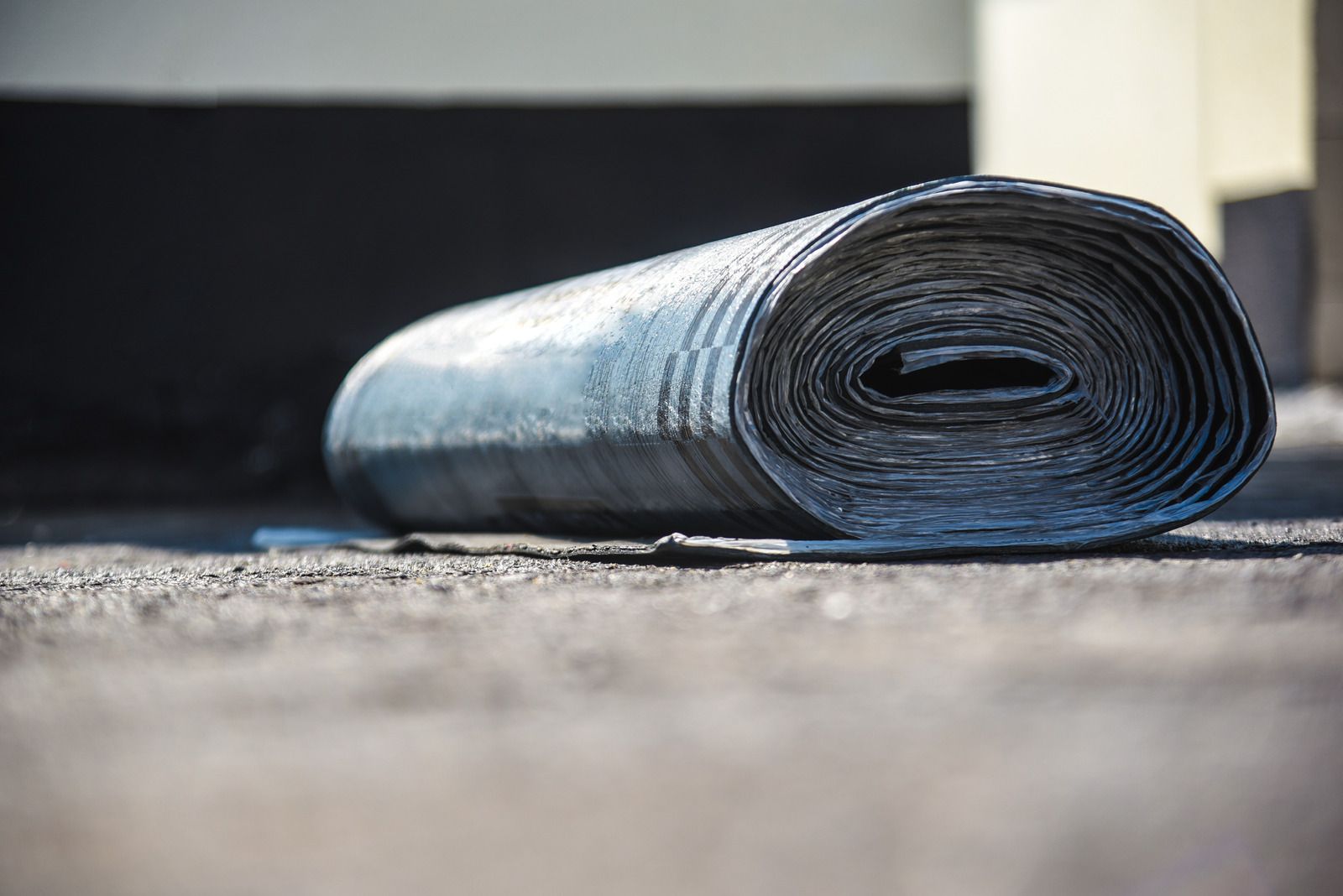
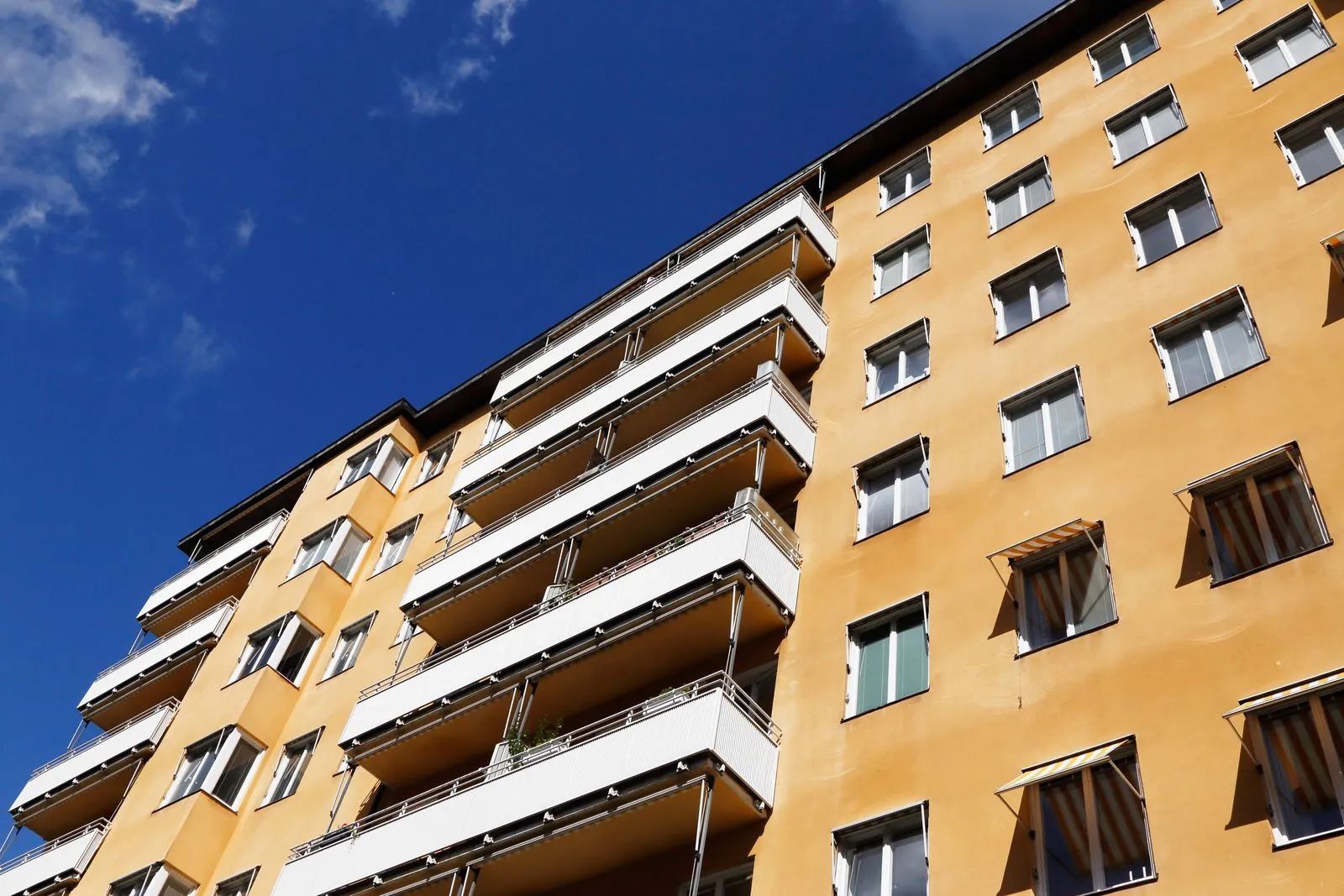

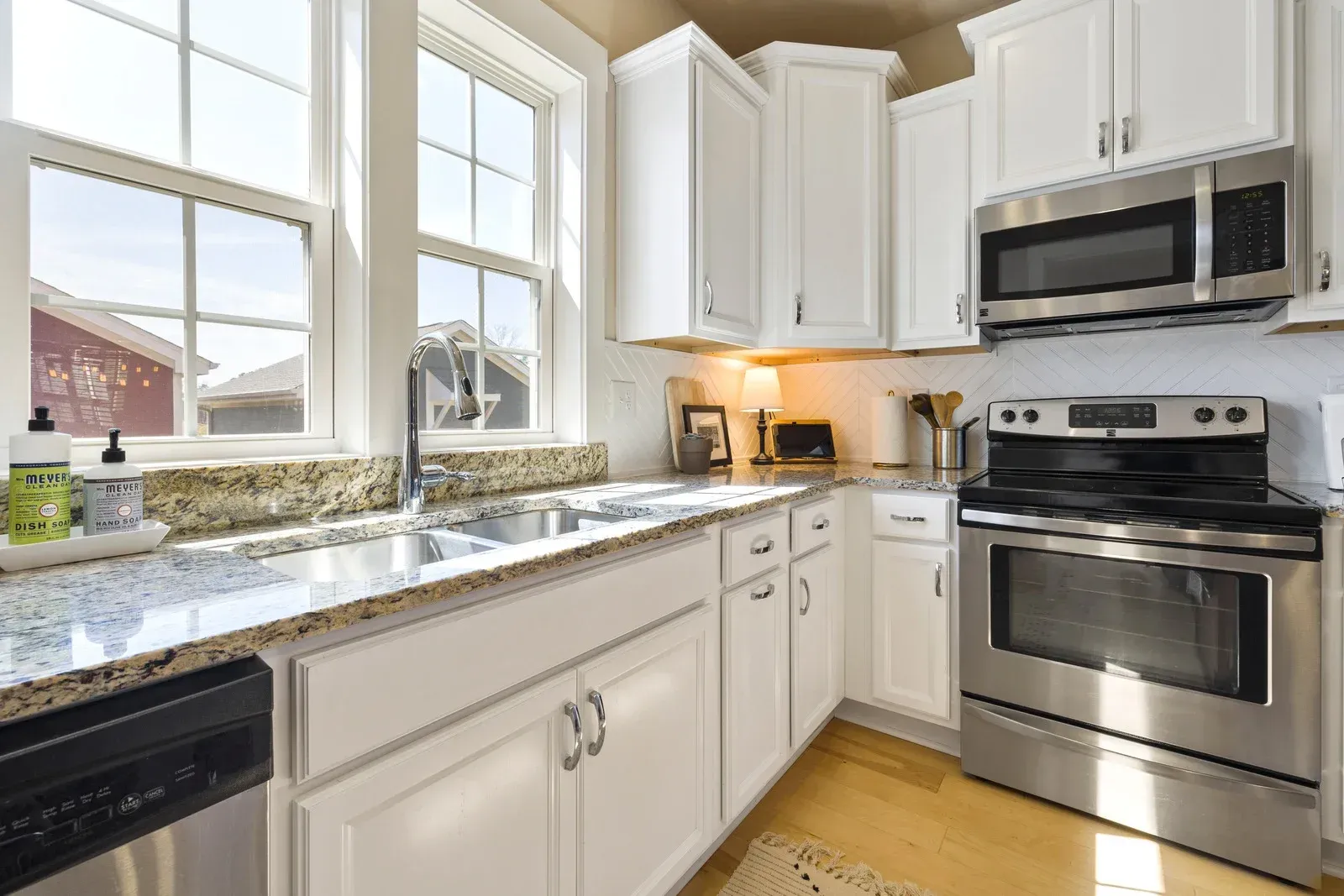
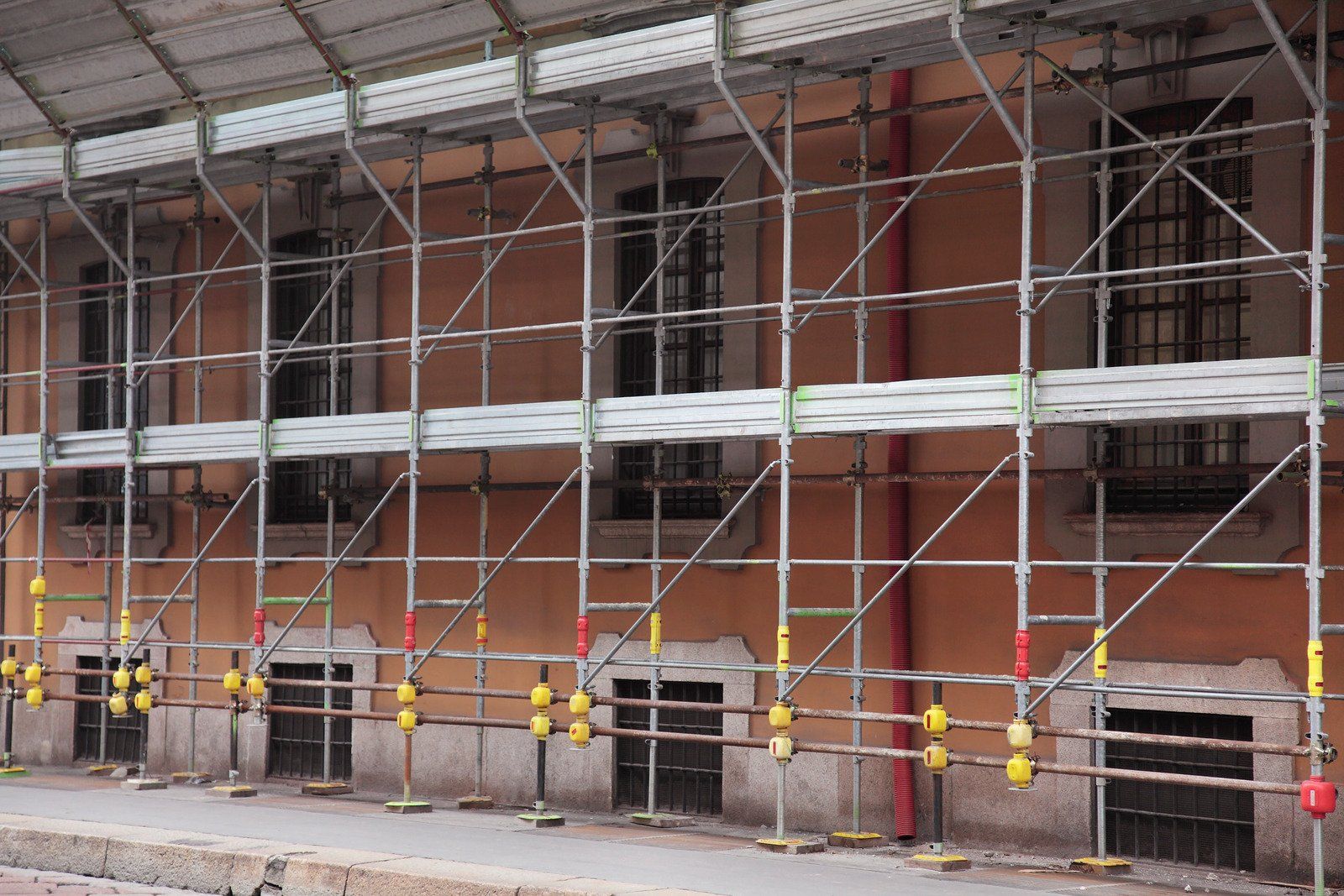
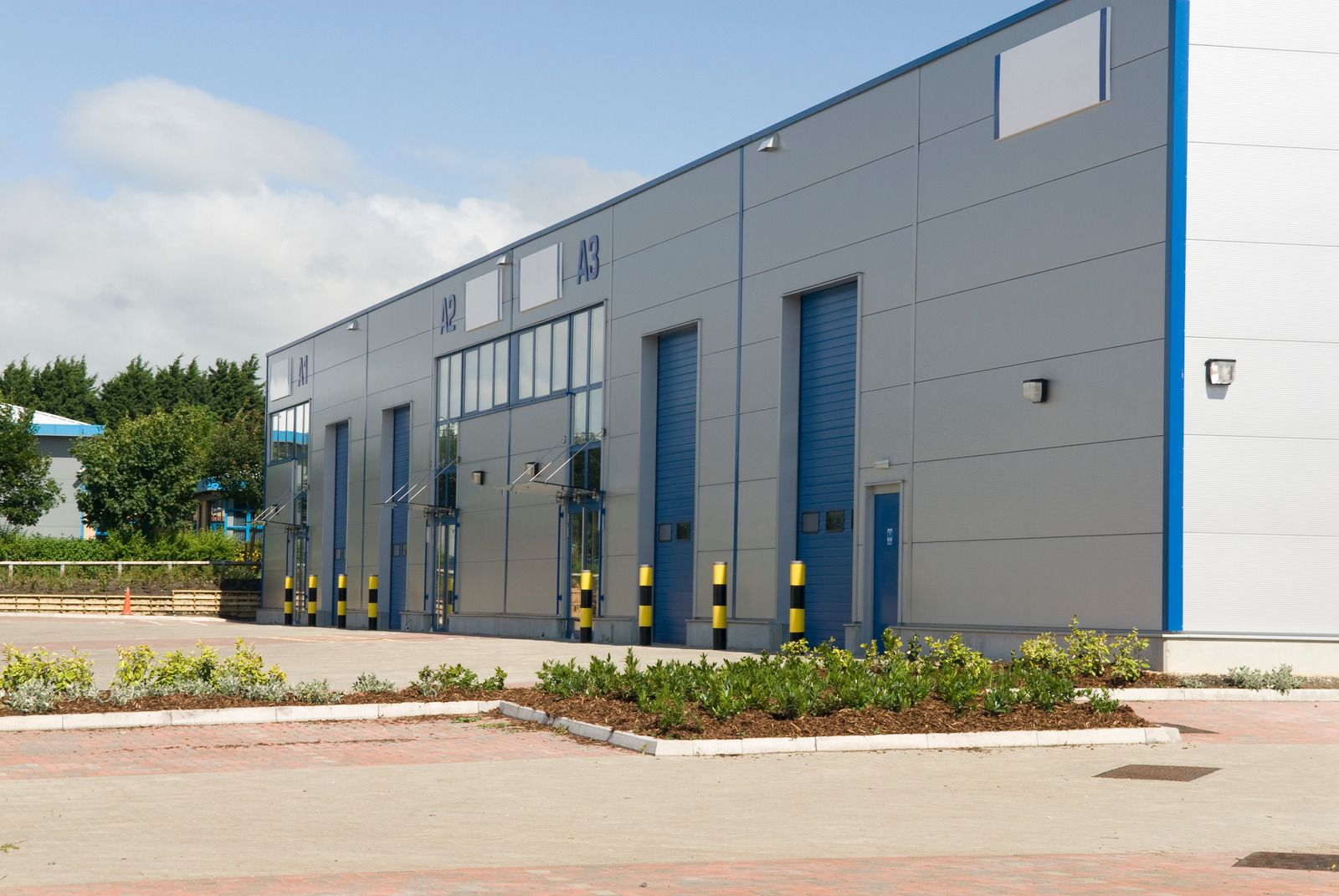
Service Areas
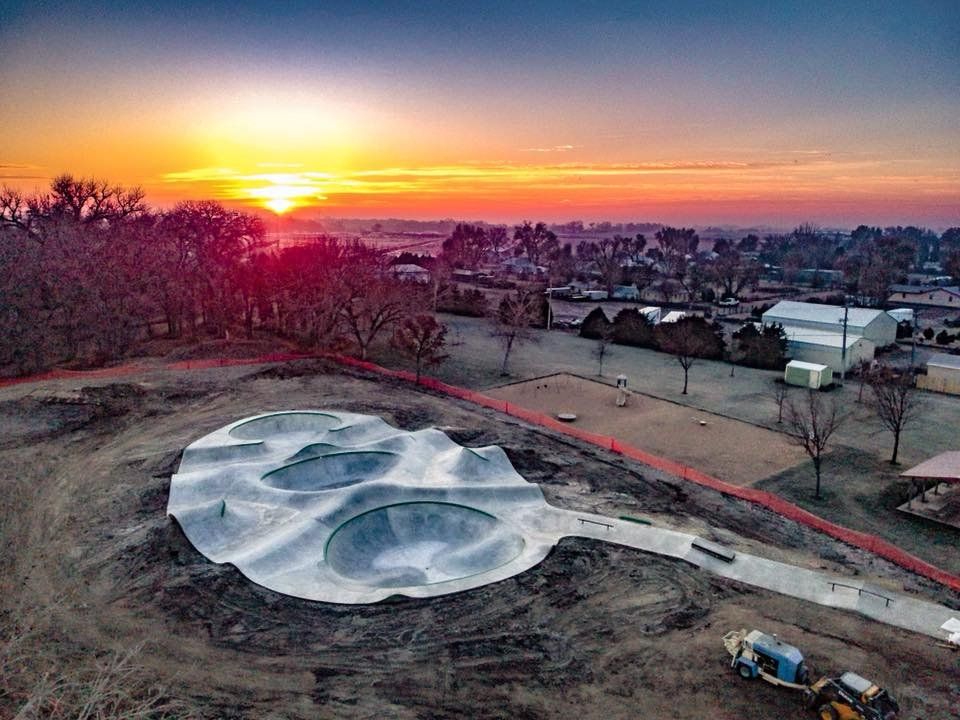
Slide title
Write your caption hereButton
6060 Greenwood Plaza Blvd. #400 Greenwood Village, CO 80111
© Colorado Western Construction, Denver, Colorado, 2025. All rights reserved.

